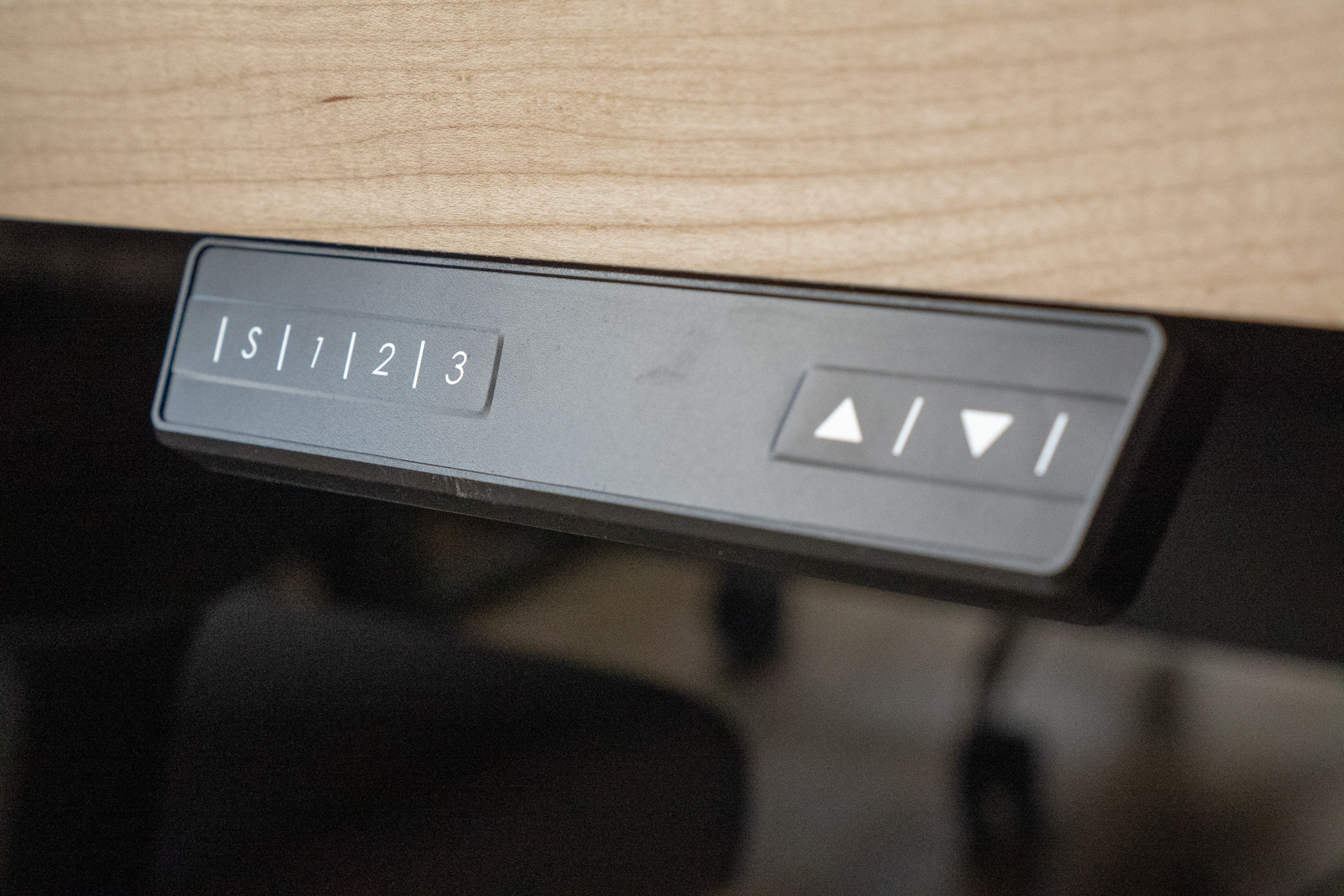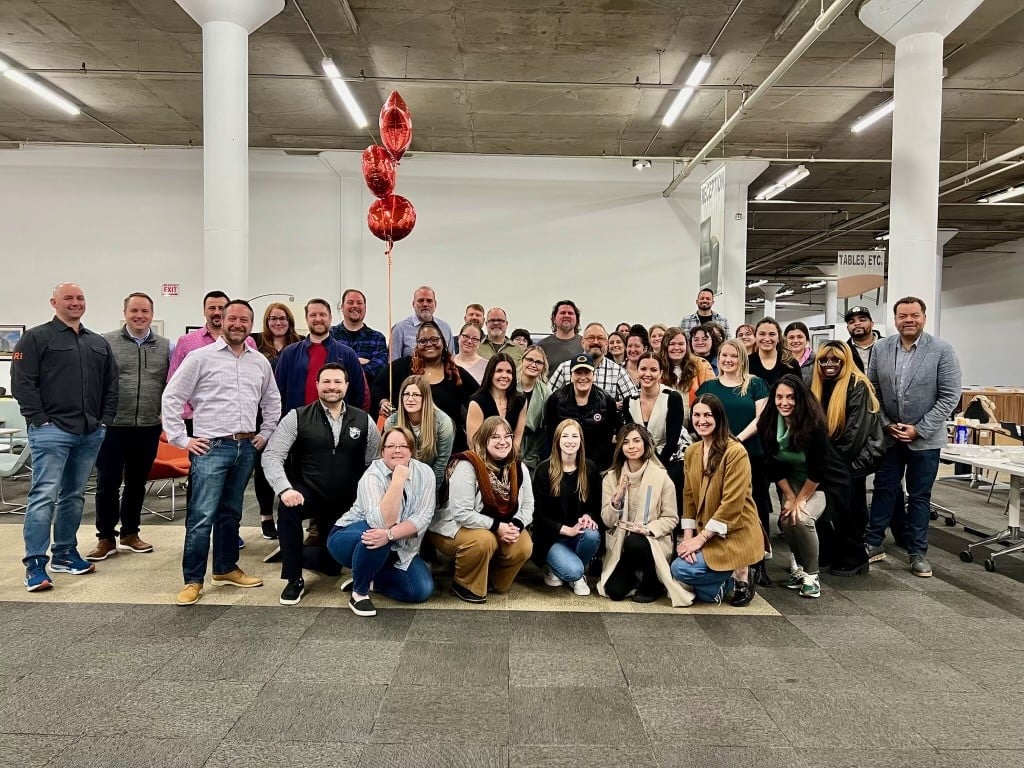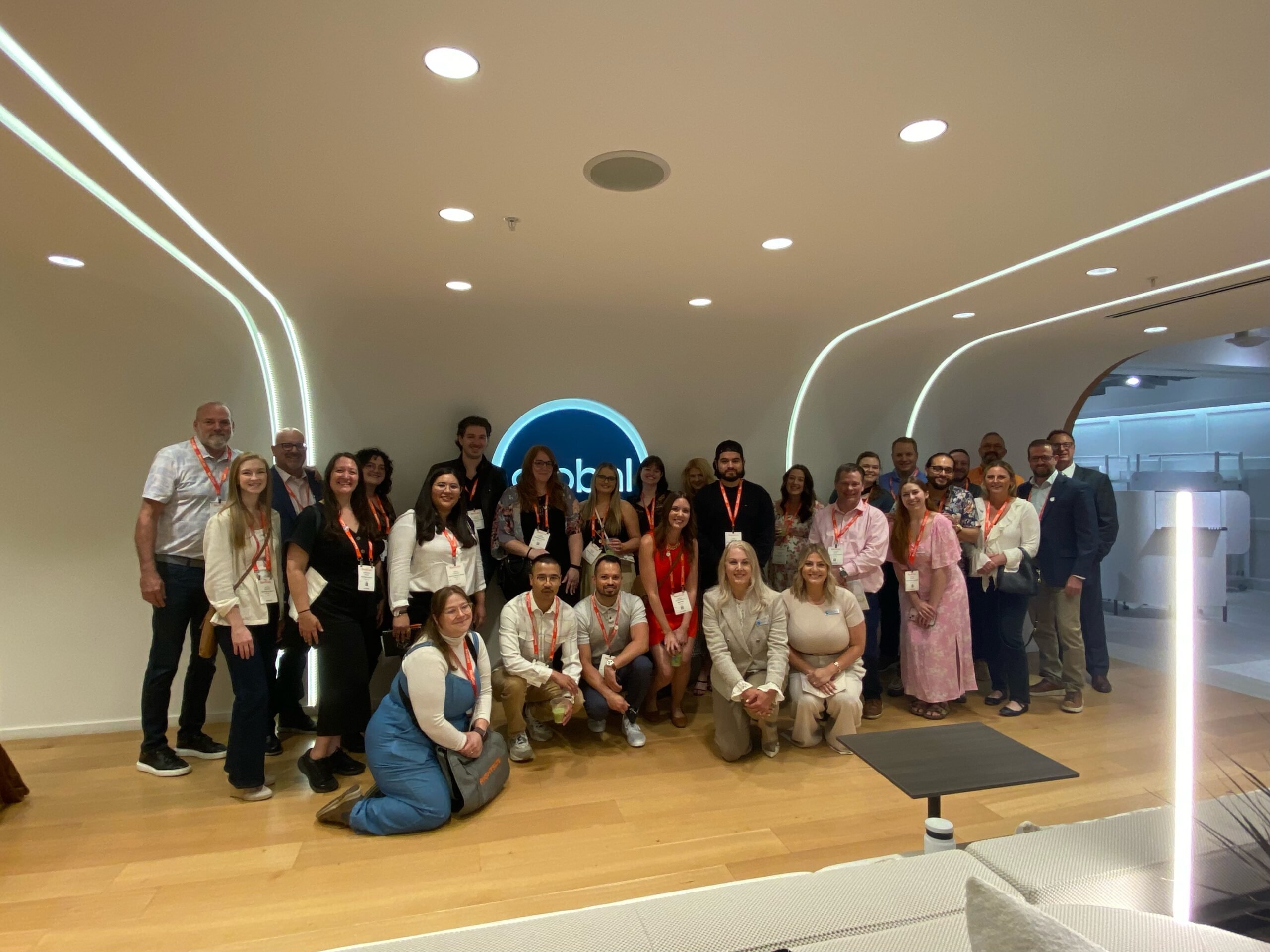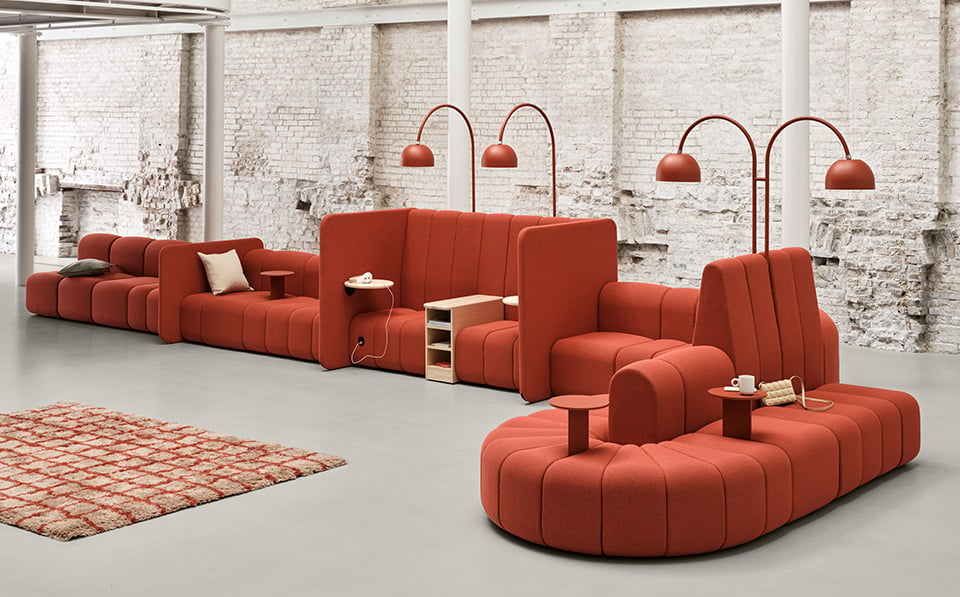Try a simple exercise the next time you’re invited to a business meeting, planning session or conference outside your office: As everyone finds and settles into a seat, see how long it takes them to start looking around for an electrical outlet. Just as many people may start scouring the walls before they find a seat because they know: watching a phone or laptop slowly lose its power is no fun.
The exercise may bring a smile to your face – until you realize that visitors to your office may be undergoing the same search-and-frustration mission. Worse, your employees may be grappling with outlet shortages and, just as likely, workstations that were created and installed decades before anybody ever heard of putting a lowercase “i” in front of the word “phone.”
The exercise might convince you to ask yourself: Is your office space conducive to plugging in, powering up and even puttering around? The good news is, if it’s not, it can be with modern office furniture that reflects today’s reliance on technology.
Technology can transform an office
At least this is one issue that doesn’t spawn the familiar chicken-or-the-egg debate. Everybody knows that office furnishings were around long before computers, printers, tablets, smartphones and even fax machines began crowding tabletop surfaces and made multiple surge-protecting power strips a necessity.
This onslaught of technology held the promise of transforming the workplace by:
- Untethering workers from a single workstation by offering multiple places where they can remain “powered up” and productive.
- Promoting a healthier alternative to sitting in the same chair for hours at a time.
- Placing modern office furniture in activity-based workspaces vs. the static floor plans of the past.
- Making the workplace a more enjoyable place for employees to be – happy employees are generally more productive employees.
The only problem was, technology became ubiquitous and continues to change and evolve as more people of all age groups embrace it. If technology is the “hare” and office furniture is the “tortoise” in this race, then some people might argue that office furniture deserves a handicap to compete.
Consider the possibilities
Now, finally, there are signs that the handicap may not be necessary after all. Advances in technology may be slowing down just as businesses are eager to catch up and create greater synergy between the technology their employees use and their office surroundings. In other words, the three “transformational goals” are still attainable.
After all, why should phones be the only things that are deemed “smart”? Smart offices and smart workspaces can be yours if you’re willing to consider certain additions. You may have heard of some of them; others may strike you as futuristic. But believe it: The future is here in enhancements such as:
- Sit-stand desks
- Keyboard-integrated chairs
- Furniture, especially desks and tables, with tech-charging abilities
- Gravity-defying counters
- Touch-screen tabletops
- iPad-ready writing desks with drawers (also known as escritoires)
Chances are if there is a tech problem you wish to solve with modern office furniture, it’s out there. All you have to do is take the first step by making an appointment for a consultation with Rightsize Facility. We’ll help you make the most of your office space and create the technological synergy that’s been eluding you. Just wait until the next time a crowd descends on your office, phones in hand. Having answered today’s tech challenges, the only exercise you’ll embark on is a few triumphant fist pumps.





